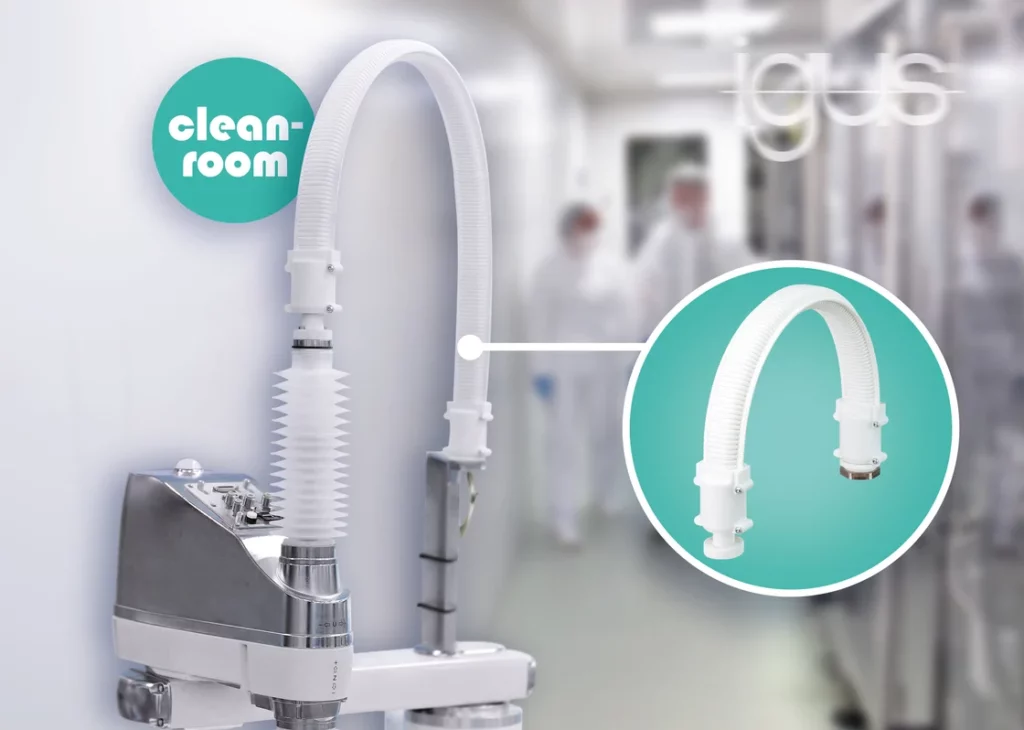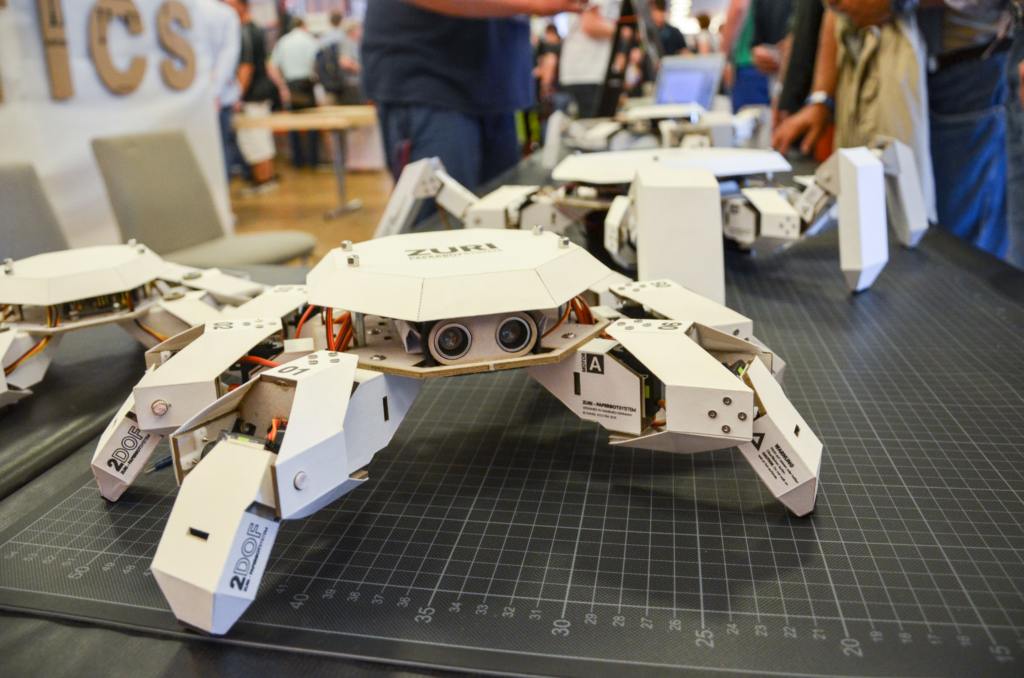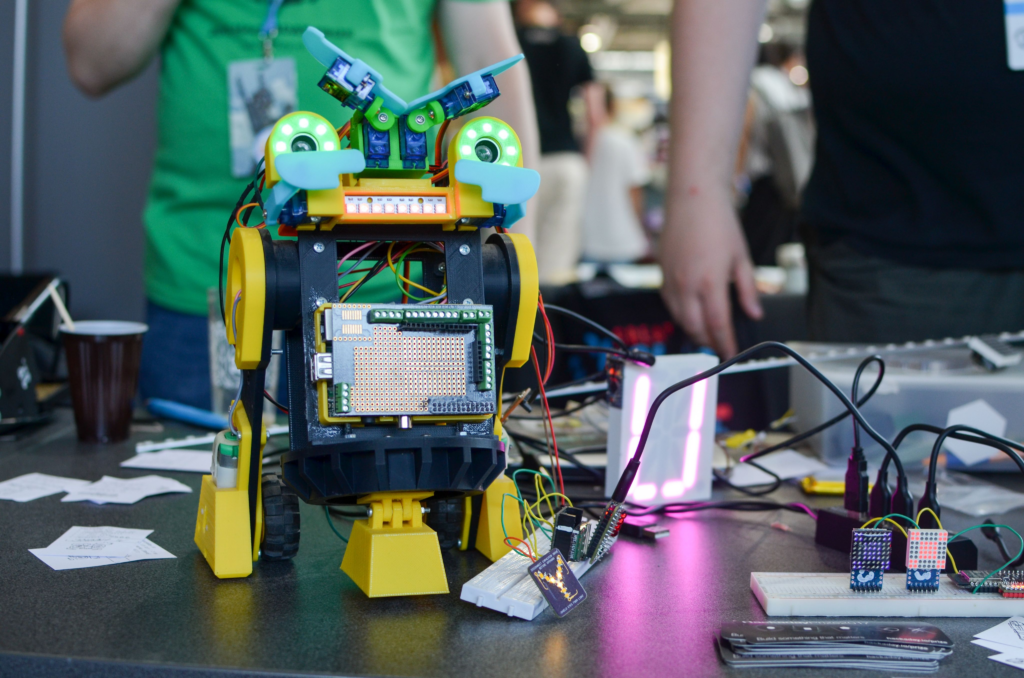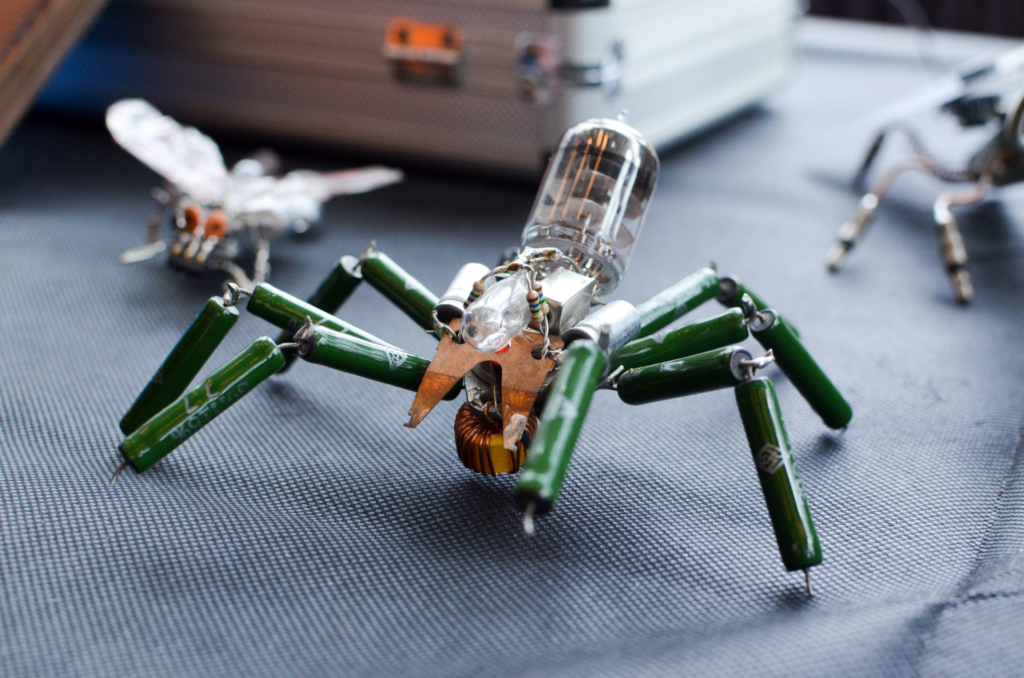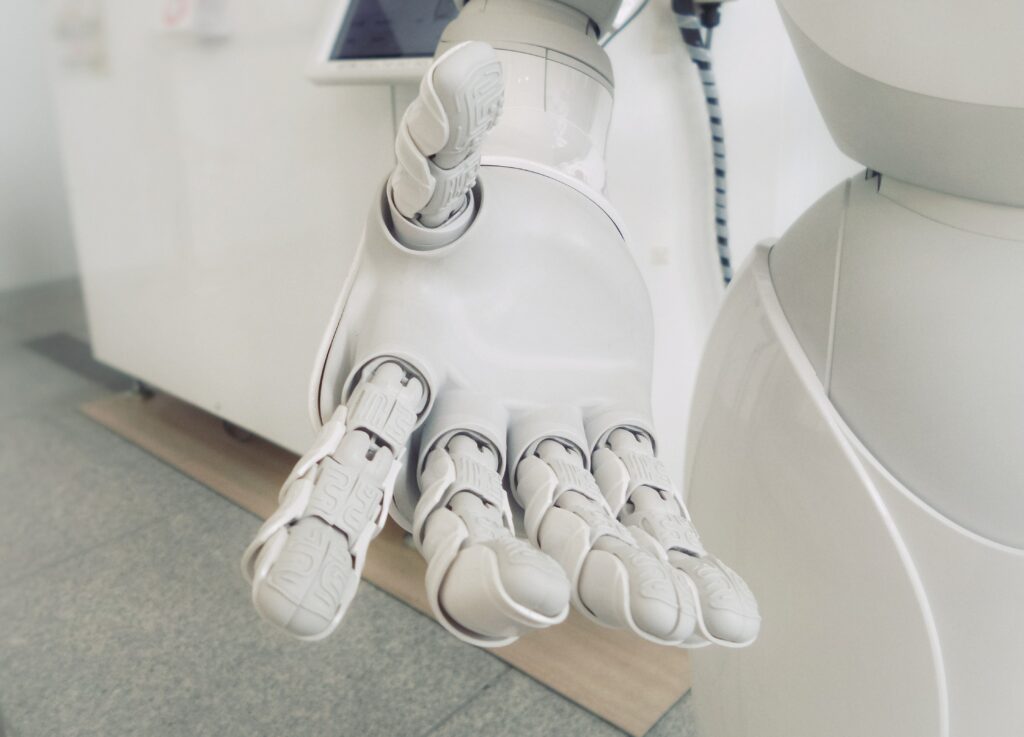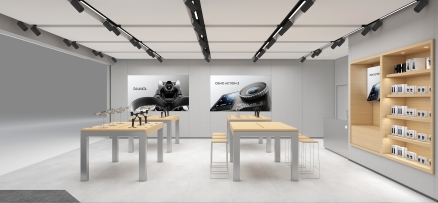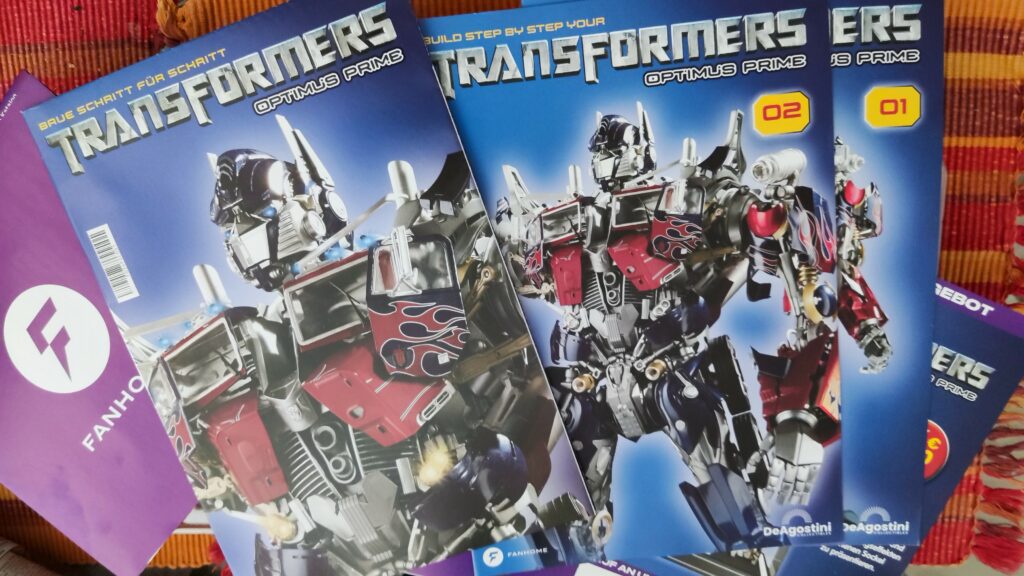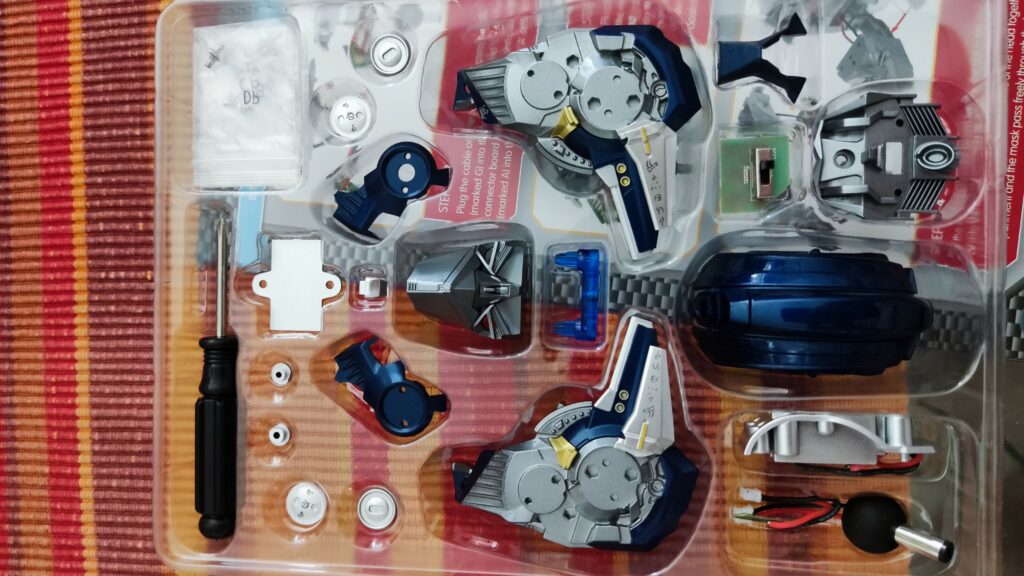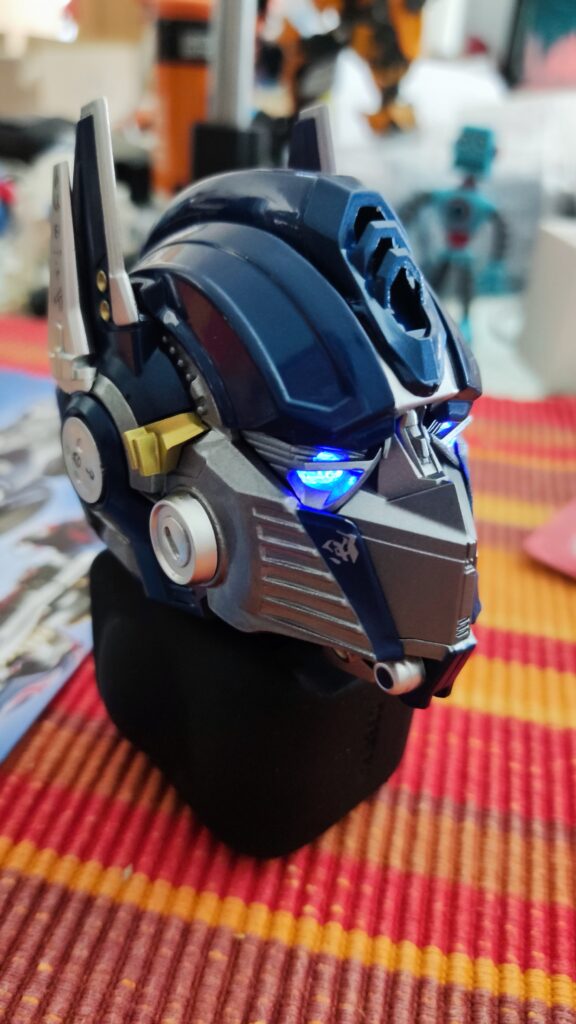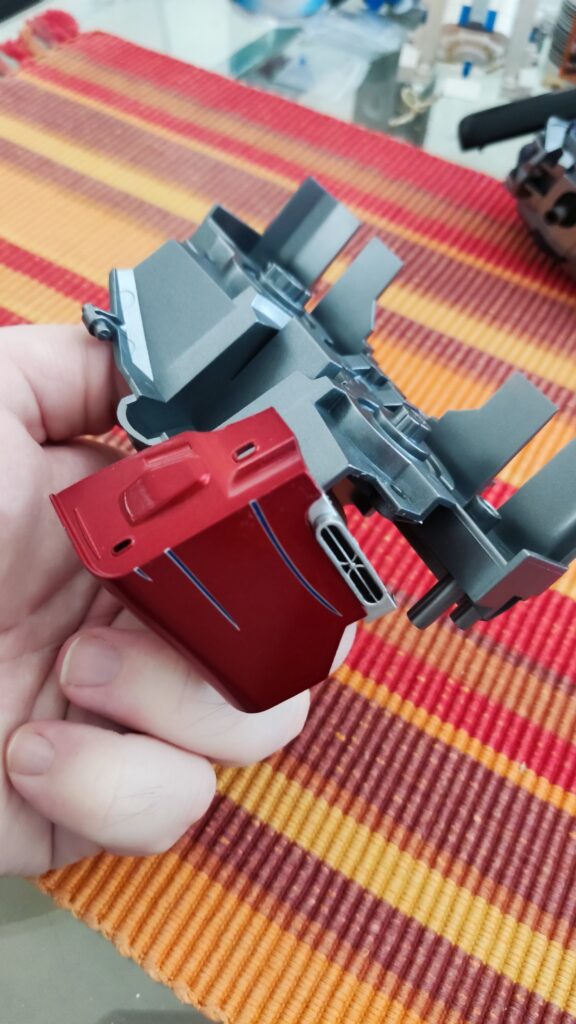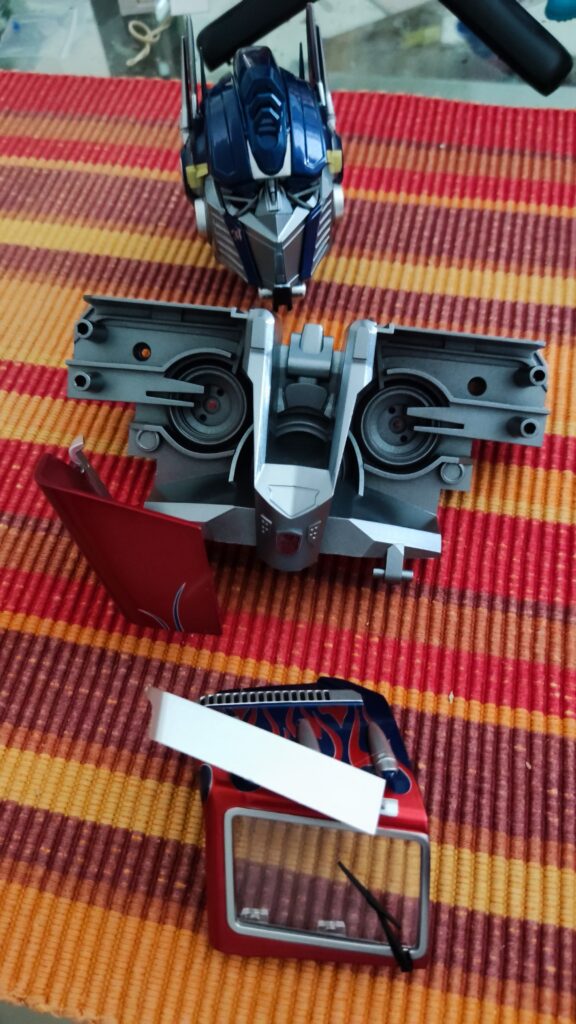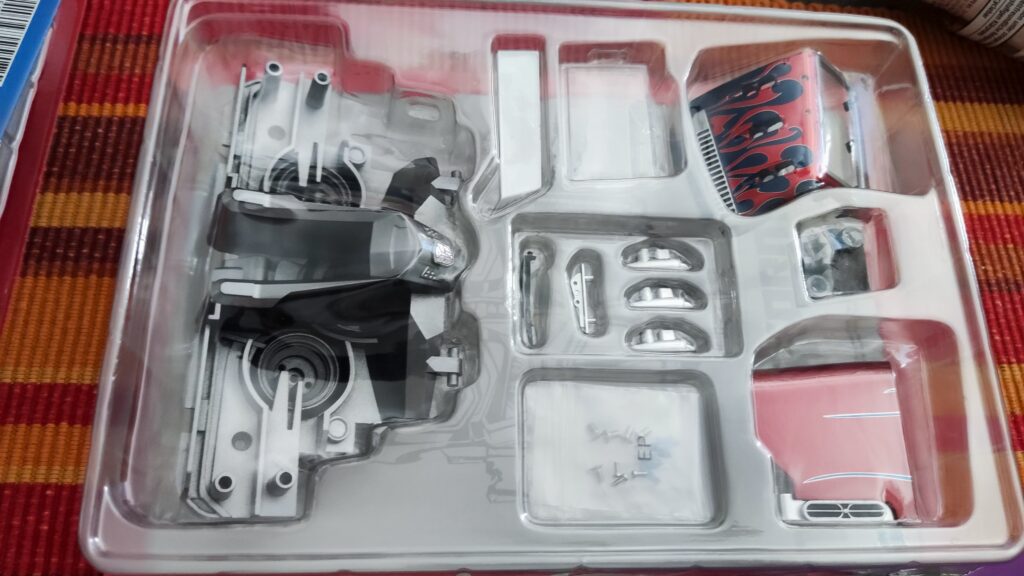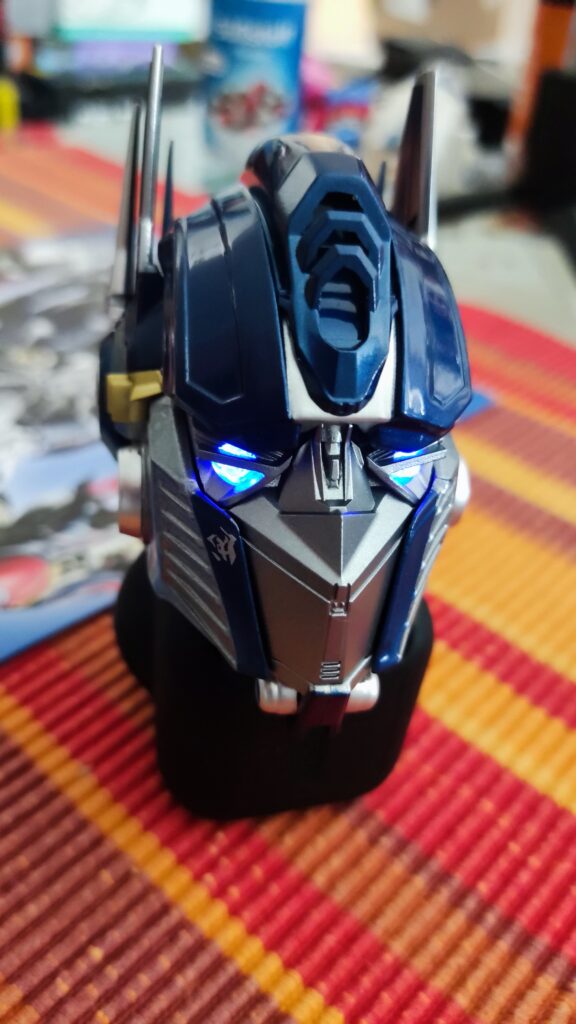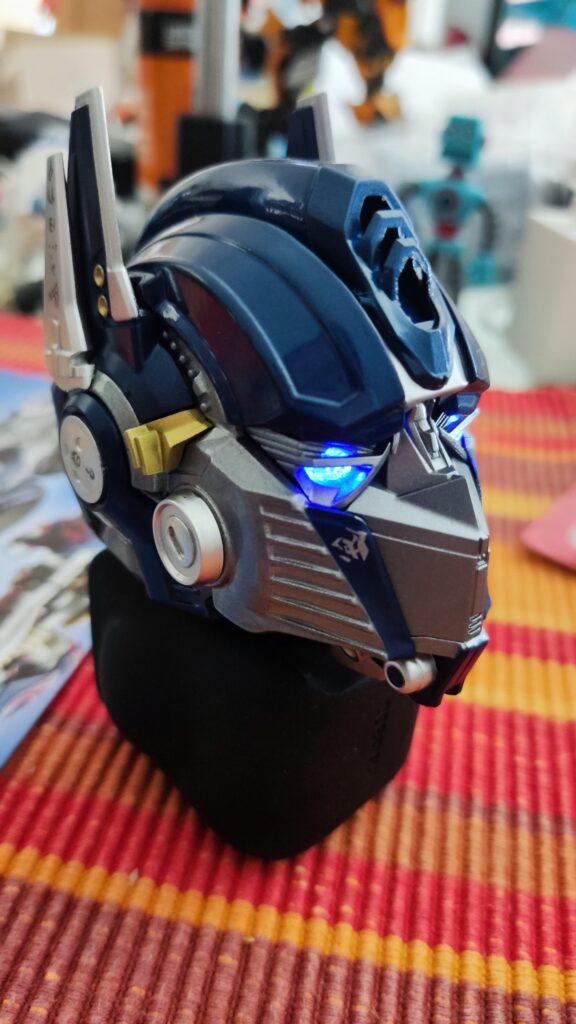Gastbeitrag von Markus Schmidt
Intelligente Geräte haben das Leben von Erwachsenen auf der ganzen Welt einfacher gemacht. Sie ermöglichen es uns, Dinge auszuschalten, die wir eingeschaltet gelassen haben, und Dinge einzuschalten, für die wir zu faul sind, aufzustehen und sie zu erledigen. Die meisten dieser Geräte sind verständlicherweise für ein erwachsenes Publikum gedacht. Aber was ist mit den Kindern? In den letzten zwei Wochen hatten meine Kinder viel Spaß mit einem der vielseitigsten intelligenten Roboter auf dem Markt, dem Miko . Mit vielen tollen Aktivitäten und eingebauten Assistenten haben auch sie ihr eigenes intelligentes Gerät, das sie nutzen können. Mal sehen, ob dieser kinderfreundliche Roboter sein Geld wert ist!

Der Miko-Roboter bringt Spaß und Lernen zusammen. Er wird durch künstliche Intelligenz angetrieben und wurde für Kinder im Alter von 5 bis 10 Jahren entwickelt. Die Technologie des Unternehmens, die in den Miko-Roboter eingebaut wurde, ermöglicht es ihm, mit Menschen zu interagieren, Emotionen zu erkennen und sogar sein eigenes Verhalten auf der Grundlage des Gelernten anzupassen. Je länger man also mit ihm spielt, desto mehr lernt er und passt sich an verschiedene Aktivitäten an.
Der Miko ist einfach einzurichten
Wie bei jedem elektronischen Gerät ist die Einrichtung des Miko sehr einfach und überschaubar. Das Gerät führt Sie durch die verschiedenen Schritte und hält Sie dabei an der Hand. Sie stellen eine Verbindung zu Ihrem lokalen Wi-Fi-Netzwerk her, fügen Benutzer hinzu und vieles mehr. Die Eltern werden sogar aufgefordert, die kostenlose Miko-Mobil-App aus dem iOS App Store oder dem Google Play Store herunterzuladen.
Wenn Sie Ihren Miko zum ersten Mal aus der Verpackung holen, sollten Sie beachten, dass eine Vielzahl von Updates installiert werden muss. Bei einer Standard-Wi-Fi-Verbindung – 40 Megabyte Download – dauerte das Herunterladen und Aktualisieren des Roboters immer noch etwa 15 bis 20 Minuten. All das musste erledigt werden, bevor meine Kinder ihn benutzen konnten.
Was kann der Roboterbegleiter Miko?
Miko scheint wie ein normaler intelligenter Assistent zu funktionieren, allerdings einer, der sich bewegen kann. Nachdem Miko all die verschiedenen Möglichkeiten durchgespielt hatte – einschließlich des Aufweckens von Nutzern, indem sie „Hallo Miko“ sagten – hatten meine Kinder einen Riesenspaß bei der Auswahl verschiedener Aktivitäten. Es sei darauf hingewiesen, dass die Auswahl an Aktivitäten noch viel größer ist, wenn man sich für ein Miko Max-Abonnement entscheidet. Damit erhalten Sie Zugang zu zahlreichen lizenzierten Produkten von Disney, Paramount und anderen.
Spiele
Miko wird mit einer Reihe von tollen Spielen für Kinder ausgeliefert. Die Spiele sind relativ simpel, aber für Kinder bis 10 Jahre sind sie trotzdem sehr interessant. Meine Kinder spielten täglich Tic-Tac-Toe mit Miko und versuchten, einen KI-Gegner zu besiegen, der oft dazu bestimmt schien, nie zu verlieren. Wir fanden, dass die Spiele nichts sind, was man nicht auch auf einem Standard-Tablet im Apple iOS Store oder bei Google Play für Android finden könnte.
Körperliche Aktivität
Unsere Interaktionen mit Mikos körperlichen Aktivitäten waren etwas gemischt. Eine Tanzparty mit Miko zu veranstalten und ein Tanz- und Standbildspiel zu spielen, hat sehr gut funktioniert. Miko war in der Lage zu erkennen, wann meine Kinder tanzten und wann sie still standen. Je stiller sie standen, wenn Miko „Freeze“ sagte, desto mehr Punkte bekamen sie. Das hat gut funktioniert. Das Versteckspiel mit Miko war weniger beeindruckend, als es die Werbung vermuten ließ. Miko bewegte sich einfach durch unser offenes Obergeschoss und verwechselte oft Stühle oder Gegenstände auf dem Boden mit meinen Kindern.

Pädagogischer Inhalt
Auch wenn dies nicht der aufregendste Aspekt von Miko ist, so haben meine Kinder doch die pädagogischen Inhalte genossen. In diesem Punkt fand ich Miko am beeindruckendsten. Egal, ob er ihnen Bücher vorlas oder sie mit Statistiken oder Quizfragen versorgte, Miko beeindruckte. Während meine Kinder unsere intelligenten Geräte im Haus nutzen können, um Assistenten Fragen zu stellen und Antworten zu erhalten, haben wir festgestellt, dass Miko sich mit unseren Kindern über eine Vielzahl von Themen unterhalten hat.
Bei einem Austausch sprach Miko mit meinen Kindern über die verschiedenen interessanten Fakten und Statistiken über Chamäleons. Obwohl es für mich offensichtlich war, dass diese Interaktionen auf der Grundlage der von meinen Kindern getroffenen Entscheidungen geplant waren, hatten sie das Gefühl, dass Miko direkt mit ihnen interagierte.
Emotionale Unterstützung
Die Firma, die hinter Miko steht, wirbt damit, dass Miko ein Roboter ist, der von seinen Benutzern lernt. Er verspricht emotionale Unterstützung für Kinder. Miko verspricht zum Beispiel, dass er weiß, wann er ihnen einen Witz erzählen muss, wenn sie sich schlecht fühlen. Ich glaube zwar, dass Miko mit der Zeit einiges über meine Kinder lernen könnte, aber in den wenigen Wochen, in denen wir das Gerät benutzt haben, war das nicht zu erkennen. Wie ich bereits erwähnt habe, fühlten sich meine Kinder immer mit Miko verbunden und hatten das Gefühl, dass er ein guter KI-Freund ist. Wenn man meine Kinder fragen würde, würden sie sagen, Miko sei ihr Freund und würde sie durch Fragen und Aktivitäten kennen lernen.
Abschließende Gedanken
Alles am Miko war wunderbar. Der Roboter ist unglaublich reaktionsschnell, mit wenigen Verzögerungen und geringen Wartezeiten, wenn er Fragen stellt oder Spiele spielt. Er ist zwar nicht so flink wie andere intelligente Geräte, die ich benutzt habe, aber immer noch ziemlich schnell. Miko macht auch viel mehr als andere Geräte. Tanzpartys zu veranstalten war der Favorit meiner Kinder, etwas, das unsere stationären Geräte nicht können!



